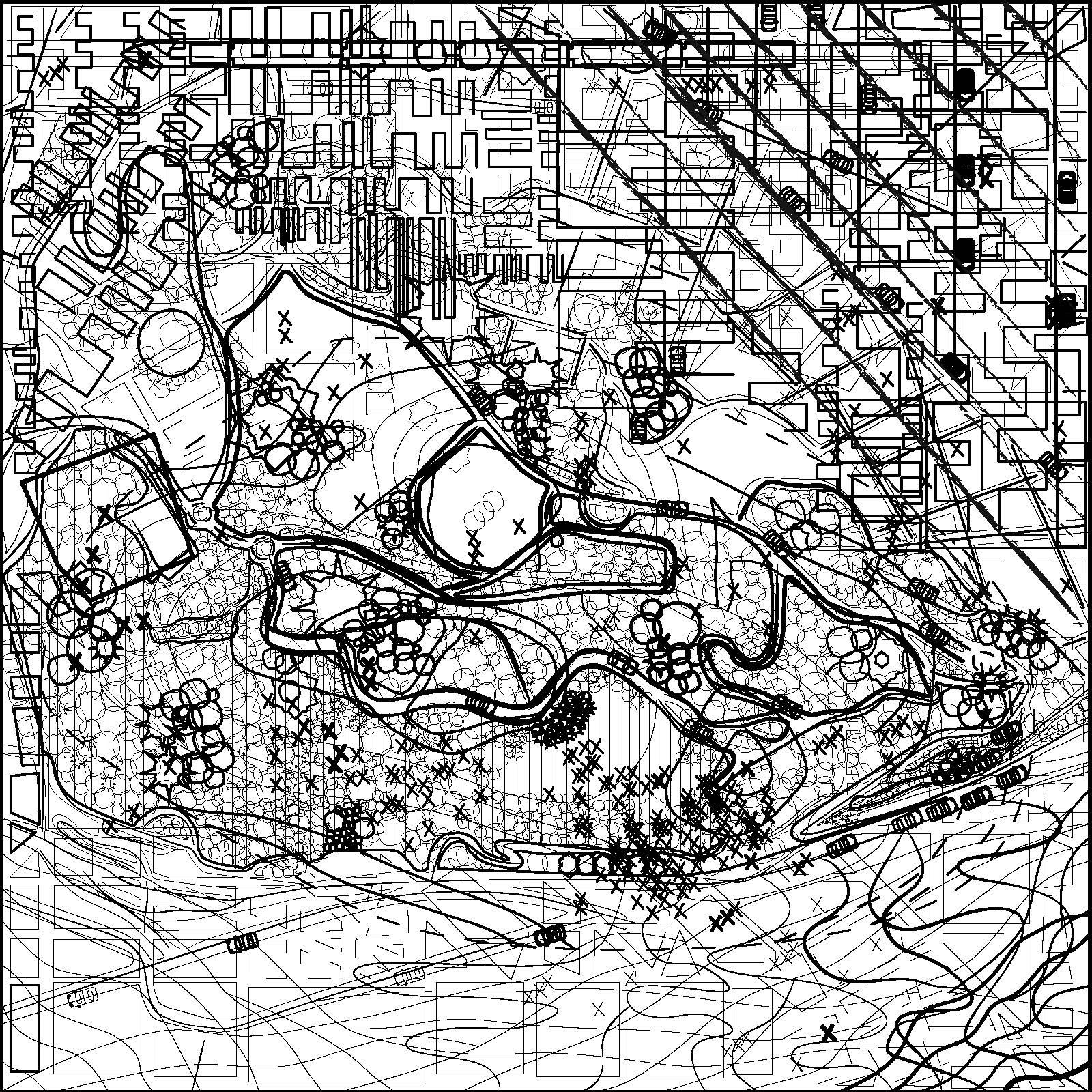Professor Zuzana Kubisova
This studio is focusing on exploring hidden meanings in ordinary objects and environments around us through a set of different assignments. In the first project, students investigate the apparatus (defined as a physical object with a complex structure) that can act and be acted upon. By studying the apparatus - through transcribing, translating, exploring, and even finding a verbal language to give meaning to it - students were asked to find its function and activate the machine. Operations such as rendering and mapping allowed them to express the character of the apparatus even more and help us to define its character. The second assignment, score, was a study of a diagrammatic mapping that allowed students to experiment with visualizations of existing relationships and organizations, to orchestrate a whole from parts seen and unseen. Students ended with an open field that suggested the intensity of activity, relationships between elements, and a felt sense of the whole. The third assignment was based on the theory of Phenomenology. Students imagined an evocative site (more feeling than structure) aimed to represent an ambiguous, abstract space to eventually achieve “the making of place“. The place will become real with a collection of senses and memory. Through further manipulation and transformation, students created an emerging view that allowed them to understand how different atmosphere implements different experience, and to decode new meanings of the site atmosphere and its experience.
Colton Shail
Score - Barcelona
My score project was generated from the cityscape of Barcelona. I selected this area because of the diversity between people, materials, scene and view, modernism and old-fashioned, nature and city, along with liveliness. This region includes a large park always filled with tourists, part of the city which is busy, and close by the port and docks which are also near the bars and clubs. Relationships in color and form can all be connected by showing the dense urbanism and chaoticness a city has to offer. This way of mapping can be identified as more of an experience map for users by presenting flow, transportation, materials, private and public spaces, attractions, danger, relaxation, and more by the coordination of colors.

